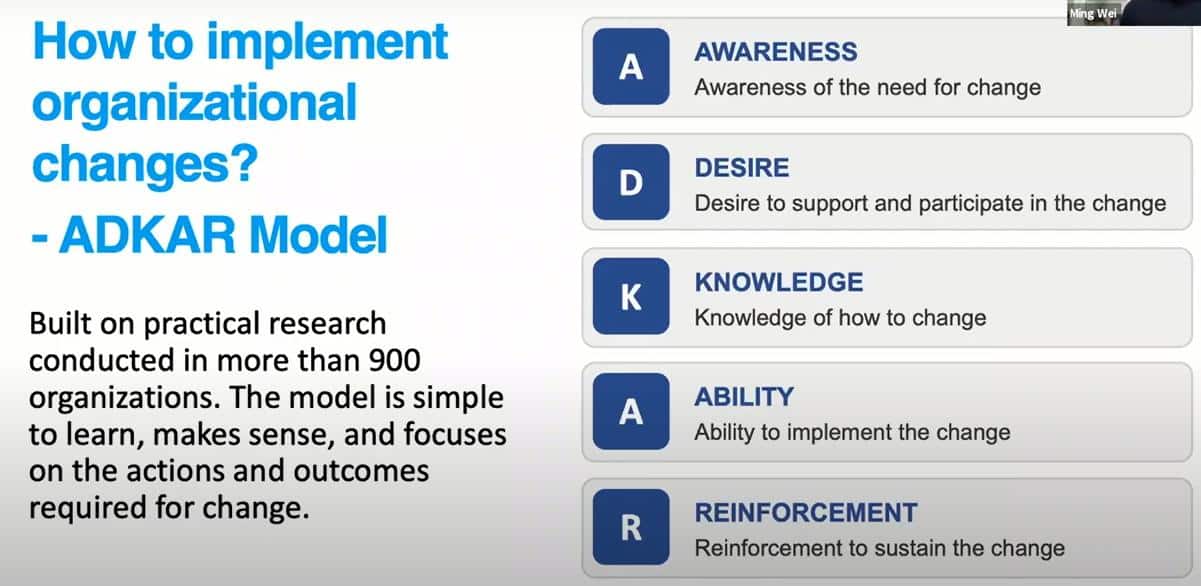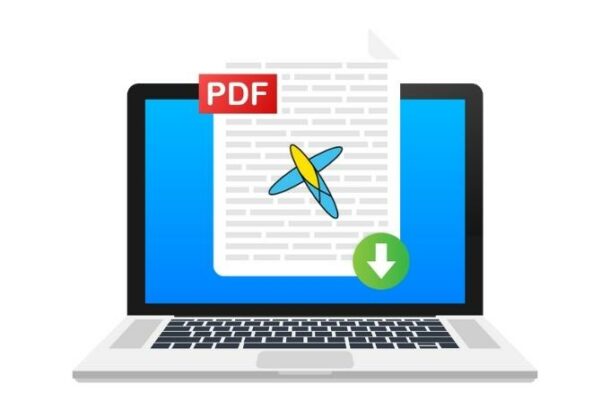
The Art of Bridging Gaps and Building Connections: Boundary Spanning
What is Boundary Spanning?
In today’s multifaceted business environment, organizational boundaries often serve as barriers, restricting the free flow of ideas and collaboration. This is where the concept of boundary spanning comes into play. Boundary spanning is an organizational strategy that involves reaching beyond these confines to create connections and partnerships. It leverages the interdependence between various stakeholders, both internal and external, to streamline the innovation process and drive growth.
Boundary spanners, individuals or teams engaged in boundary-spanning activities, play crucial roles in this regard. They facilitate communication, build bridges between silos, and create a common ground for productive collaboration.
Why is Boundary Spanning Important?
Boundary-spanning’s power lies in its capacity to overcome an organisation’s demographic, cultural, and professional divisions. It promotes an organizational culture of collaboration and synergy, significantly impacting decision-making and facilitating successful initiatives.
For instance, effective boundary spanning can improve service delivery and operational efficiency in the healthcare sector or supply chains. By transcending traditional silos, organizations can reinvent themselves to be more adaptive and responsive to their external environment.
Types of Boundary Spanning
Boundary spanning encompasses various forms. For example, the Center for Creative Leadership identifies five types of boundaries: vertical, horizontal, stakeholder, demographic, and geographic. Each type requires unique leadership practices and boundary spanning techniques to bridge the gaps and create meaningful connections effectively.
Boundary Spanning Facilitation
A boundary spanner’s role involves facilitating open and often informal communication across different divisions. They help recognize and understand the determinants that create divisions and work towards mitigating them. Human resources and managers usually take up boundary-spanning roles, working closely with all departments to ensure a cohesive work culture.
Techniques for Effective Boundary Spanning
Effective boundary spanning requires the implementation of various practices. Some standard techniques include promoting open communication, fostering a culture of collaboration, creating partnerships across divisions, and leveraging the unique strengths of each department.
Building strong relationships with stakeholders, both internally and externally, is also crucial. This involves understanding their needs and concerns and aligning them with the organization’s objectives.
What are the Benefits of Boundary Spanning?
Boundary spanning can significantly improve an organization’s adaptability and innovation process. By fostering stronger relationships across different sectors and stakeholders, boundary-spanning facilitates sharing of knowledge and resources, leading to enhanced productivity and improved decision-making.
What are the Challenges of Boundary Spanning?
While boundary spanning offers numerous benefits, it also presents challenges. These include managing the complexities of crossing boundaries, navigating cultural and demographic differences, and ensuring effective communication across diverse groups.
What are some Tools and Techniques for Effective Boundary Spanning?
Various tools and techniques can help enhance boundary spanning practices. These include team-building exercises, collaboration platforms, informal communication channels, and regularly organized departmental meetings.
What is the Future of Boundary Spanning?
As businesses continue to navigate new frontiers in an increasingly interconnected world, the role of boundary spanning will become even more vital. The future will see an increased focus on boundary-spanning leadership, with organizations recognizing its importance in achieving sustainable growth and innovation.
Conclusion
Boundary spanning is the art of bridging gaps and building connections. In the face of increasing complexity and interdependence in the business world, it represents a vital strategy for fostering collaboration, enhancing innovation, and ultimately driving organizational success.
Whether you’re in New York or any other part of the globe, boundary-spanning principles can guide your organization to new heights. By becoming skilled boundary spanners, we can pave the way for a more interconnected and synergistic future in business. As Ernest Tushman, an Academy of Management Review contributor, aptly suggests, “The art of boundary spanning is the art of possibility.”
Are you ready to take your organization to the next level? Contact us today and let our expert team guide you towards fostering collaboration, enhancing innovation, and achieving sustainable growth. Visit our Contact Us page to get started. Together, we can build bridges, bridge gaps, and pave the way for a more interconnected and synergistic future in business.
Learn more about the online courses from Leadership Tribe today





